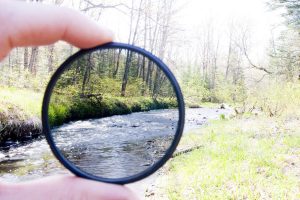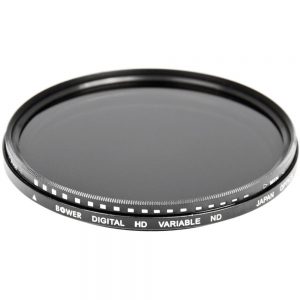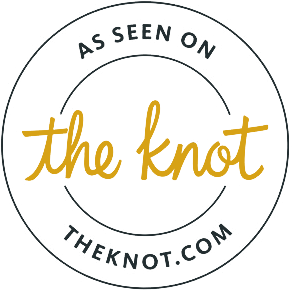Short answer: Go buy them immediately.
If you are a videographer you are going to for sure want a set of Neutral Density or ND Filters. They are pretty much the secret to getting cinematic footage when shooting outside in daylight.
Neutral Density Filters do one simple thing, they restrict the amount of light that goes through the lens and onto the sensor. In short it makes things darker.

Now why do we want to make things darker before the lens? Well as we know exposure is comprised of 3 things: Aperture, Shutter speed/angle and ISO/Gain. As video shooters there are a few things we want to have that in very bright situations we can’t
If it is extremely sunny out and we have our ISO as low as possible that leaves two things, we either have to close our aperture a ton or significantly raise our shutter speed. If we close the aperture we are losing out on the shallow depth of field that makes some shots look super cinematic, and if we raise our shutter we run into getting less and unnatural motion. (there will be less blur). This is where the ND Filters come in.
Simply screw one or more onto the front to lower the light incoming by a number of stops. There are usually three in a set. I would recommend a 2, 4, and 6 stop ND set to cover a wide range of light. With the incoming light reduced we can keep our shutter speed at the standard 180 degree rule and have our aperture more open to gain back our shallow depth of field even on the brightest days.
Now for better run and gun operation I would recommend a variable ND filter. This is a filter that crews on like the others but to control the amount of light you simply turn the filter (which is essentially two polarizing filters stacked) to control how dark it gets. This are really nice to avoid having to screw on a different filter for each stop of light. There are a couple negatives to these filters. Firstly it creates an additional element for light to go through and some people like to limit that to preserve the quality to its maximum. Second there can be some strange sots that start to appear when stopped down the darkest the filter will go usually 10 stops. This really only occurs when doing long exposure stills.

The filter sets can range anywhere from fifty to a couple hundred dollars with the variable ones costing the same or often a tad more. Another worry is that you have to buy a set for each lens as the threading might be different sizes. There are things called step down rings that allow the maximum thread size to be lowered. You can go, for instance, from an 82mm to 77mm and if you keep stacking even lower. So I would recommend getting them for either the lens you use most that is also the largest thread this way you can step it down to your smaller ones.
As I said before these are essential for videographers and film makers that are shooting outdoors. They give us control over the light when we can’t control the source. It enables you to get the look that you are aiming for without compromise. No longer are you going to have footage outdoors that looks “videoy” and take back the cinematic look we all want!










